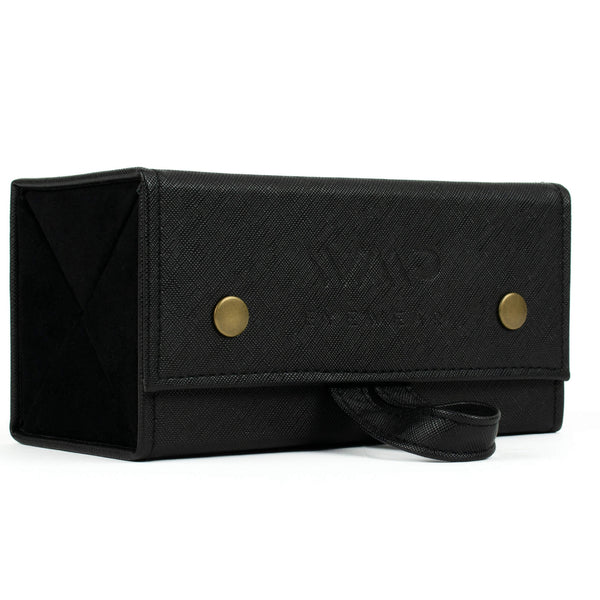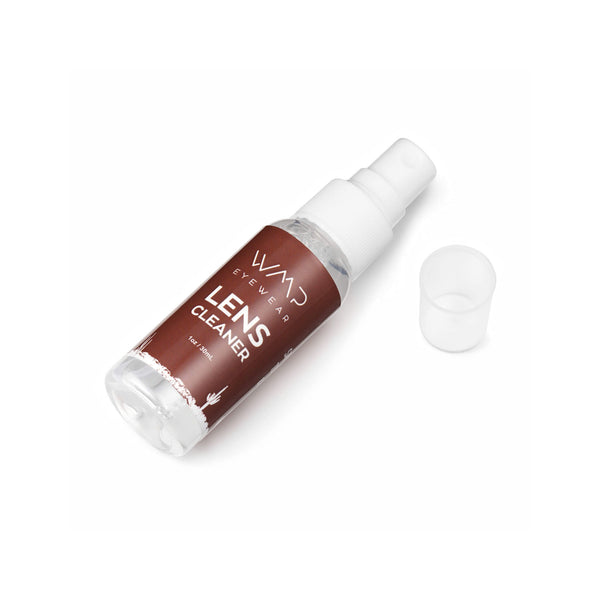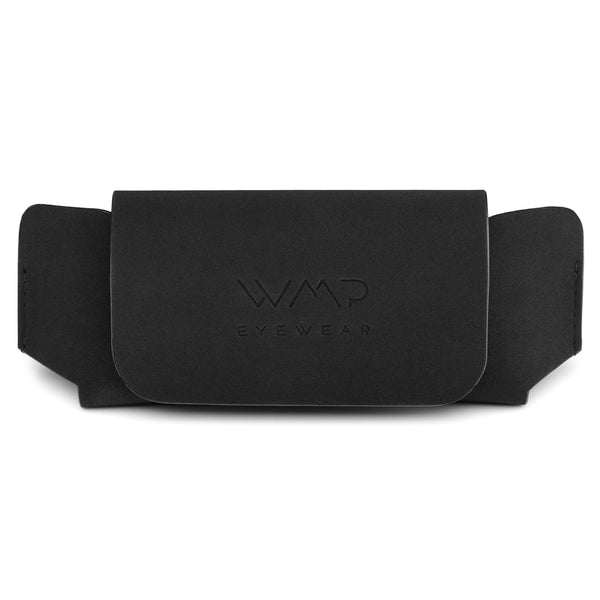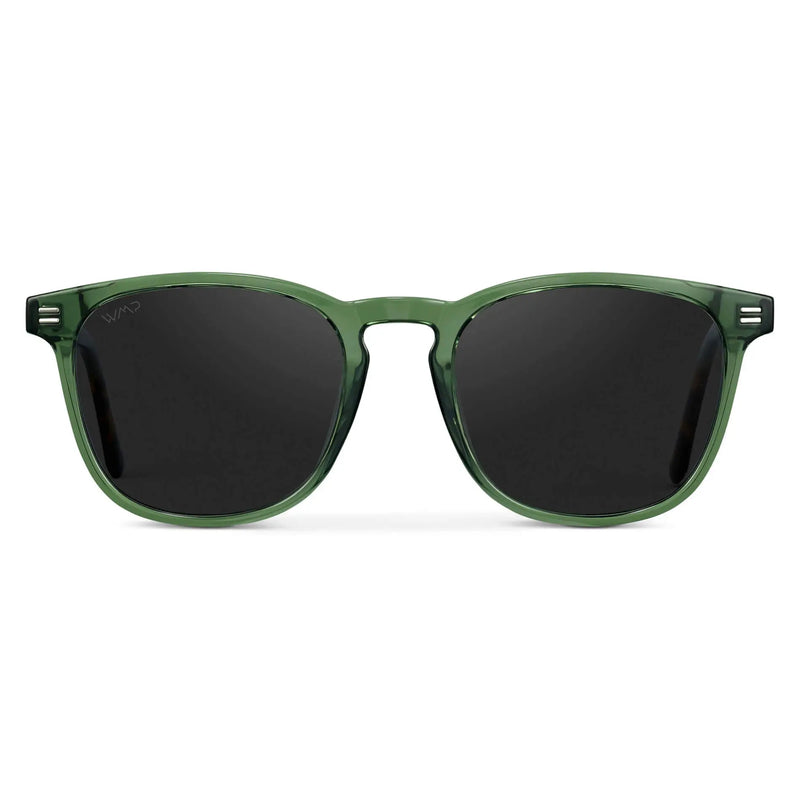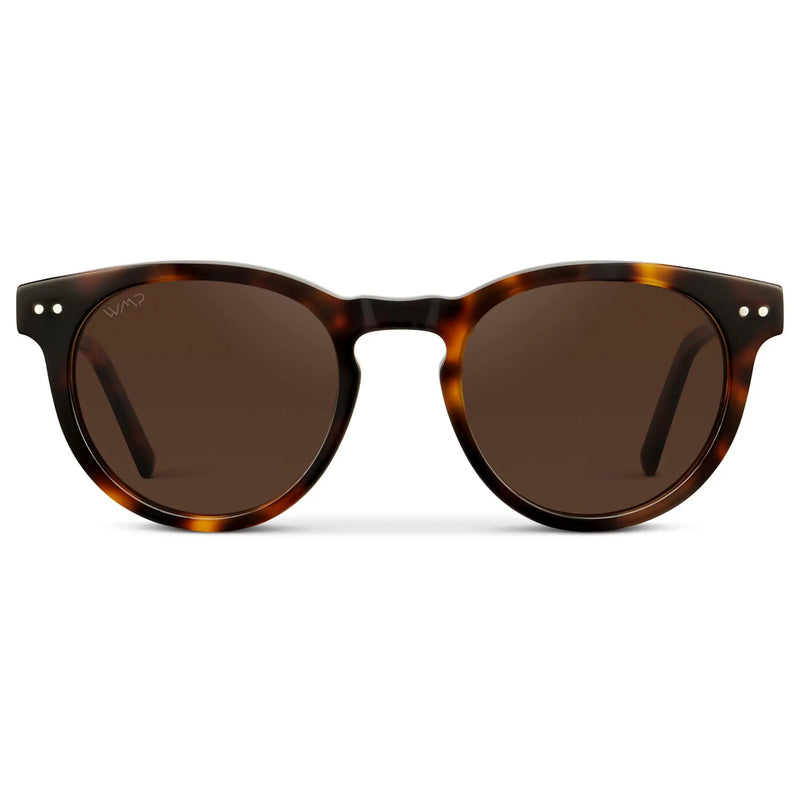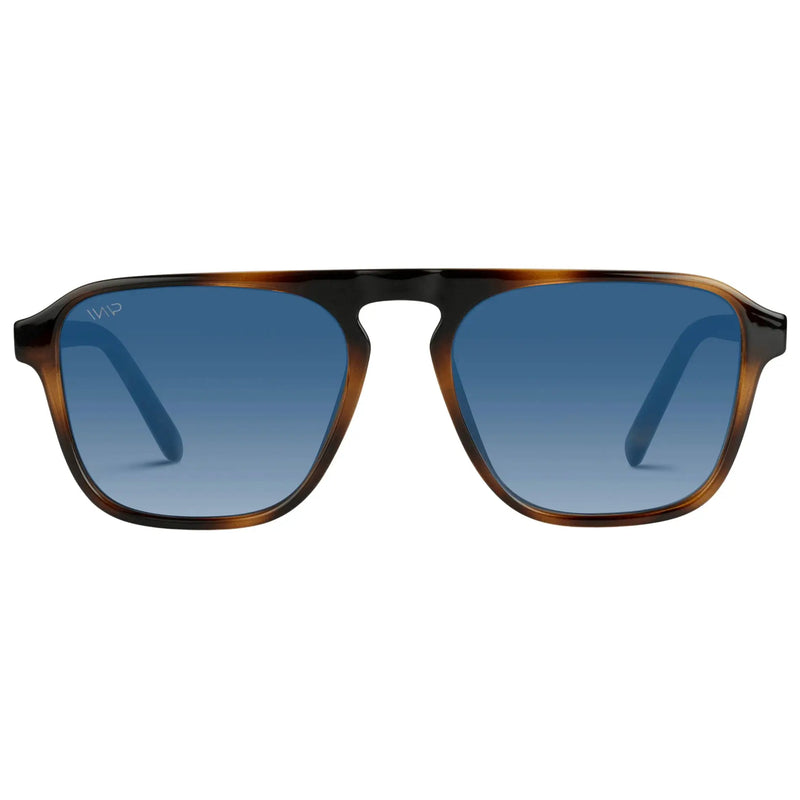Top 5 Myths About Sunglasses
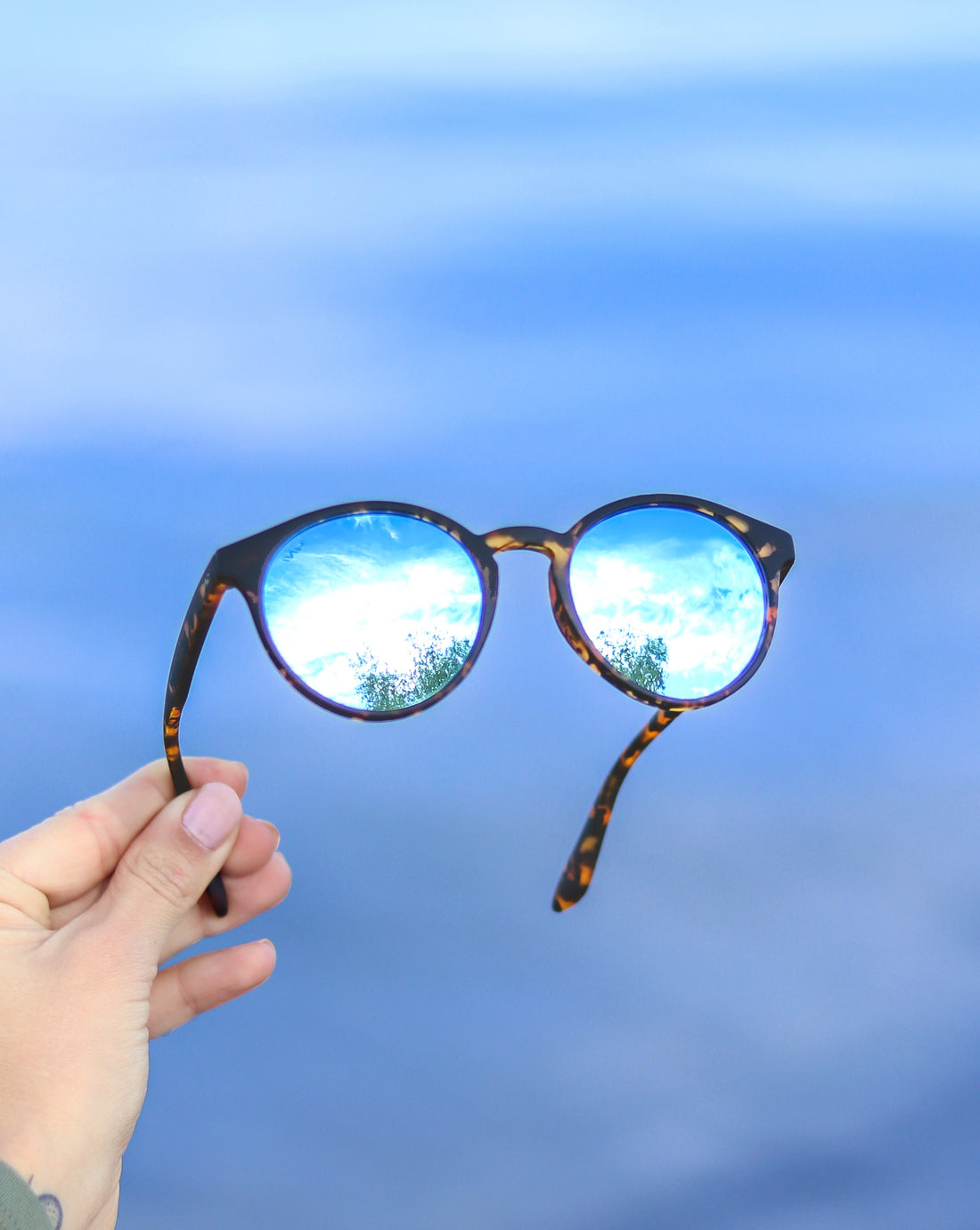
The world of sunglasses probably doesn’t seem like a hotspot for deception. But as with anything, it’s generally what you don’t know that’s most likely to hurt you—or at the very least cause some serious damage.
The bad news is there’s a ton of misinformation floating around out there about sun-blocking eyewear. And we’ll be honest, you’ve probably taken the bait and fallen for at least one harmful myth.
The good news? We’re not going to leave you in the dark.
To bust a few big lies regarding eyewear, we’ve compiled this list of 5 common myths about sunglasses. With their help, you'll be better prepared when shopping for your next pair.
Myth: All sunglasses offer UV protection
If it looks like a duck, walks like a duck, and quacks like a duck—it’s normally a duck. When it comes to UV-blocking sunglasses? Not so much. When it comes to protective eyewear, looks can be incredibly deceiving.
Outside of adding a touch of style to your ensemble, the entire point of sunglasses is to provide UV protection either through a UV coating or UV-blocking polycarbonate lenses. But it seems not all eyewear manufacturers got that memo.
Instead of offering high-quality filters that protect your eyes, some dodgy companies churn out so-called “sunglasses” that feature little or no UV protection. These counterfeit shades have the look and feel of real sun-blocking eyewear, but with none of the practical safety features.
To make matters worse, many of these pseudo sun-blockers feature extra-dark tints, which lead consumers to believe they’re receiving maximum protection. But don’t be fooled! Tint and UV protection are 100% unrelated. At the end of the day, a pair’s tint has nothing to do with their UV-blocking qualities.
In fact, darkly tinted sunglasses that offer no UV protection are especially hazardous because they dilate the pupils, allowing your delicate retinas to absorb damaging UV rays in high quantities.
In order to sidestep government-mandated product safety standards, dodgy eyewear companies often market these fake sunnies using a slippery, deceitful vocabulary. When shopping around, pay attention to labeling and steer clear of products featuring red-flag words like:
- “Cosmetic sunglasses”
- “Fashion eyewear”
- “Sun blockers”
- “Fashion eyewear”
- “Sunware”
Here’s the deal: if a product’s UV-blocking specifications aren’t clearly listed on the label, turn the opposite way and run.
The only way to know that your new pair of sunglasses are going to protect your eyes is to buy exclusively from brands like WearMe Pro, which explicitly list “100% protection against both UVA and UVB” or “100% protection against UV 400.”
If you’ve purchased a pair and you’re unsure if they’re legit, you can always take them to an optical shop to be tested in a photometer.
Myth: Metal frames are more durable than plastic
If you’re accident-prone and in search of durable sunglasses that can weather some serious wear, our stainless-steel shades do offer plenty of sleek, modern options. But you don’t have to limit yourself to metal frames in order to score sturdy sunnies. Plastic eyewear frames (like the Grade AAA molded polycarbonate models sold by WearMe Pro) are durable, flexible, and shatter resistant.
Polycarbonate frames won’t bend or snap if you bump into someone, fall, or accidentally sit on your glasses. They’re also highly resistant to deformation and can easily survive drops, dents and hard impacts. With a sturdy, reinforced design, they won’t feel flimsy on your face, either.
Their secret? Polycarbonate plastic is crafted using a specialized injection molding process that uses high pressure and extreme temperatures to quickly heat and cool the thermoplastic, creating a product that is both lightweight and incredibly sturdy. It’s no wonder polycarbonate has become the go-to material for safety glasses, sports goggles, and children’s eyewear.
Not sold on polycarbonate’s durability? Just ask an astronaut. The material’s technology was developed originally in the 1970s for aerospace applications. Today, it’s still used in astronaut suit visors and space shuttle windshields—and if NASA trusts this plastic with its space-grade equipment, it’s bound to be a great option for durable shades.
Plus, polycarbonate sunglasses come in an unlimited range of colors and designs, so you never have to sacrifice fashion for durability.
Myth: Expensive sunglasses offer better protection
Some say you get what you pay for. But if you’re tempted to drop your paycheck on a pair of sunglasses, you’re making a pricey mistake. Why? Those big-budget shades aren’t any higher quality than more affordable alternatives—and they’re definitely not going to offer better UV protection, either.
In a study conducted by the TODAY Show in 2007, researchers found that even the $5 sunglasses found in Times Square souvenir shops tested as well on UV protection as sunglasses more than 100 times their price.
Here’s the truth: bank-draining designer sunnies are generally made from the exact same materials as more affordable pairs, like the ones offered by WearMe Pro. Many are even manufactured in the same factories.
So, what justifies that massive price gap if it isn’t boosted UV defense? Realistically, nothing. When you shell out for expensive sunglasses, you’re not scoring better UV protection; you’re just paying through the nose for a brand logo. But thankfully, you don’t have to.
If you want to suit up against the sun, UV 400 is an absolute must. To go the extra mile, grab affordable broad-coverage sunglasses. After all, more coverage means more protection. Wrap-around styles that block light from all angles and oversized shades like the classic aviator are a great way maximize protection while adding a touch of low-key class to your ensemble.
Myth: Polarized sunglasses have better UV protection
Polarized sunglasses block glare by filtering out horizontal light waves. This makes them a safety staple for those who drive and an excellent purchase for anyone wanting to improve vision clarity. But at the end of the day, they don’t offer better UV protection than standard non-polarized styles. In fact, polarization has absolutely nothing to do with UV protection.
What matters most is your eyewear’s UV or UVB protection. Like WearMe Pro’s eyewear styles, your sunglasses should always explicitly state that they offer 100% UVA/UVB protection—polarized or not.
That said, polarized sunglasses do have plenty of benefits. They reduce glare, improve vision clarity, and enhance color perception. They make blues and greens appear bolder and brighter. Because they reduce the glare off water and snow, they’re also the perfect eyewear for snow sports and water activities.
At the end of the day, polarized shades have plenty of perks, but they’re no better at protecting your eyes from harmful UV rays than standard non-polarized options.
Myth: You don’t need to wear sunglasses in the winter
Here’s the tea: for as long as the sun is around and blazing (which we honestly hope will be the case for quite a while) you’re going to need to wear sunglasses. Yes—even in the winter!
The sun’s rays are just as prominent and powerful during the cold winter months. In fact, snowy conditions create reflections that amplify sunlight, boosting the potential for harmful UV exposure.
In severe cases, this amplification can result in a condition called snow blindness. Caused by the overexposure to UV light, snow blindness is comparable to a searing, lobster-red spring break sunburn—but located directly on your eye’s delicate cornea. Symptoms are painful, disorienting, and can sometimes lead to vision loss.
In truth, it’s during the winter when your eyes are most vulnerable to severe damage. The same is true for cloudy days. Even if the sun isn’t beating down directly on you, particles of UV-packed light can reach your eyes, damaging your vision. Overcast days may present even more potential for damage because you’re completely unaware of your own exposure.
The bottom line? Sunglasses aren’t just a summertime accessory—they’re a year-round safety staple. Consider them an irreplaceable part of your cold-weather wardrobe, right up there with scarves, snow boots, and your favorite oversized sweater. Thankfully, there are plenty of styles out there that will pair perfectly with your favorite puff coat and an XL-sized scarf.

